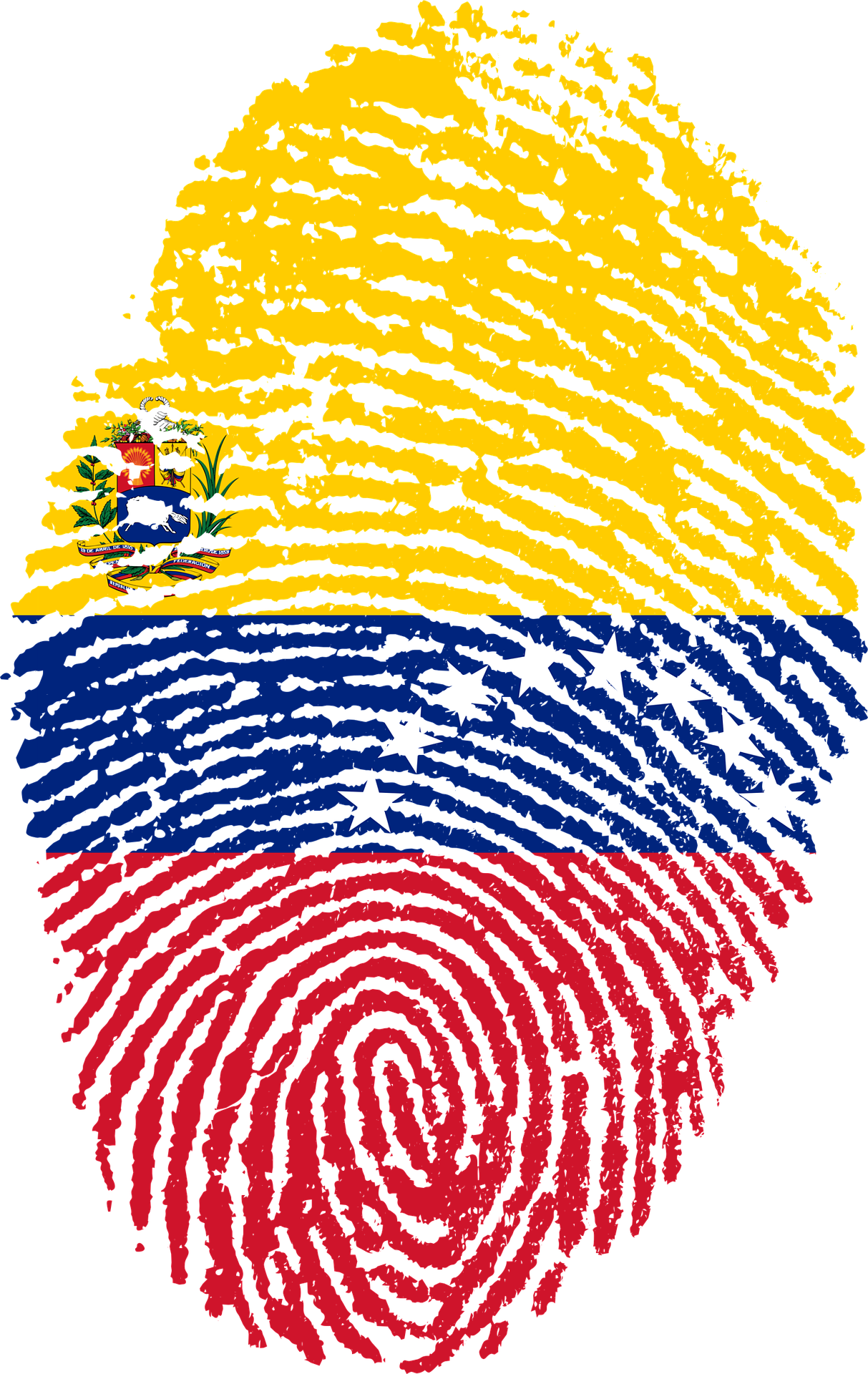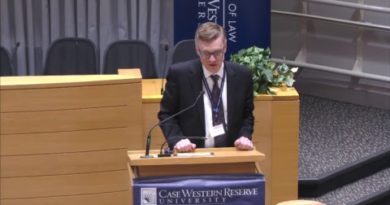Hurricane Ian: Public Assistance Funding Extended for Certain Health Care Facilities in Florida | Blogs | Health Care Law Today
Health care facilities and certain other nonprofits have new opportunities for Federal public assistance funds, but they must act quickly. On October 4, 2022, President Biden amended the Hurricane Ian Major Disaster Declaration for the State of Florida, increasing the level of Federal public assistance funding available for debris removal and emergency protective measures. The amendment further extends the availability of such funding without cost-share for an additional 30 days. Now, eligible applicants have 60 days from September 23, 2022 to file applications for Federal public assistance.
If your health care facility is recovering from the effects of Hurricane Ian, consider whether you may be eligible to apply for the Federal Emergency Management Agency’s (FEMA’s) Public Assistance Program:
FEMA Public Assistance Program
The FEMA Public Assistance Program (the PA Program) is available to assist State, Local, Territorial or Tribal (SLTT) governments and certain types of private nonprofit (PNP) organizations quickly respond to and recover from Presidentially declared major disasters and emergencies, through the provision of Federal grants for eligible projects.
Health Care Facilities Eligible for FEMA Public Assistance
Both public (facilities run by state, local, tribal, or territorial governments) and certain PNP health care facilities are eligible FEMA Public Assistance applicants. For a private nonprofit health care facility to be an eligible PNP applicant for Federal public assistance funding, it must show that on the date of disaster declaration, it had an effective ruling letter from the U.S. Internal Revenue Service granting the health care facility tax exemption under section 501(c)(3) of the Internal Revenue Code,1 or documentation from the State substantiating that the health care facility is a non-revenue producing, nonprofit entity organized or doing business in accordance with State law. 44 C.F.R. § 206.221(f).
To be eligible for Federal public assistance funding a PNP health care facility must also show that it provides emergency medical care, including diagnosis or treatment of mental or physical injury or disease in:
- clinics,
- dialysis facilities,
- in-patient care facilities for convalescent or chronic disease patients,
- hospices and nursing homes,
- hospitals and related facilities (such as central service facilities operated in connection with hospitals, extended-care facilities, facilities related to programs for home-health services, laboratories, self-care units, and storage, administration, and records areas),
- Long-term care facilities,
- Outpatient facilities,
- Rehabilitation centers.2
Furthermore, certain PNP facilities that provide alcohol and drug treatment and other rehabilitation services, assisted living, or custodial care may also be eligible to apply for Federal public assistance funding, even if they do not provide direct medical care.3
Categories of Work Eligible for FEMA Public Assistance
If an applicant is eligible to receive Federal public assistance funding, FEMA may pay the applicant for emergency work or permanent work that is required as a result of the declared incident, located within the area designated in the Presidential emergency or major disaster declaration, and the legal responsibility of the eligible applicant. 44 C.F.R. § 206.223(a). Emergency work projects address immediate threats resulting from the declared incident including debris removal and emergency protective measures. Emergency protective measures are work necessary to immediately protect public health and safety or to eliminate or lessen an immediate threat of additional damage, including medical care and transport. Permanent work, on the other hand, addresses damage caused by the declared incident and is intended to restore a facility to its pre-disaster design and function in accordance with applicable codes and standards, including facility repairs and mold remediation. FEMA may also provide public assistance funding for hazard mitigation. Stafford Act § 406(e), 42 U.S.C. § 5172; 44 C.F.R. § 206.226(e).
The Major Disaster Declaration for Hurricane Ian in Florida approves both emergency work and permanent work for public assistance funding, in certain counties. A list of the categories of work eligible for Federal public assistance funding in each county is available here.
Cost Share
FEMA currently funds public assistance eligible debris removal and emergency protective measures in response to Hurricane Ian at 100% of the total eligible costs and all other authorized public assistance eligible projects at 75% of the total eligible costs. As such, FEMA will pay the full cost of any public assistance eligible debris removal and emergency protective measures. FEMA will pay 75% of the cost of all other authorized public assistance eligible projects, including authorized permanent work projects, with the expectation that the public or PNP health care facility will pay 25% of such costs.
If you think you may be eligible to apply for Federal public assistance funding and have eligible emergency or permanent projects, we recommend that you submit your application as soon as possible. As of the date of this writing, applications for Federal public assistance to respond to damage from Hurricane Ian in Florida are due 60 days from September 23, 2022.
Foley is here to help you address the short- and long-term legal impacts of disasters on your facility. We have the resources to help you navigate the important legal considerations related to business operations and industry-specific issues. Please reach out to the authors, your Foley relationship partner, or our Health Care Practice Group with any questions.
1 Facilities may also be eligible if they are tax exempt under 26 U.S.C. § 501(d) or 26 U.S.C. § 501(e). If State law does not require non-revenue producing, nonprofit entities to obtain 501(c)(3) or tax-exempt status, a non-revenue producing, nonprofit health care facility will need to provide documentation indicating that it is an organized entity and a certification that the entity is compliance with 26 U.S.C. § 501(c)(3) and State law requirements.
2 FEMA Public Assistance Program and Policy Guide, v.4, FP 104-009-2, Table 1 (Jun. 1, 2020).






